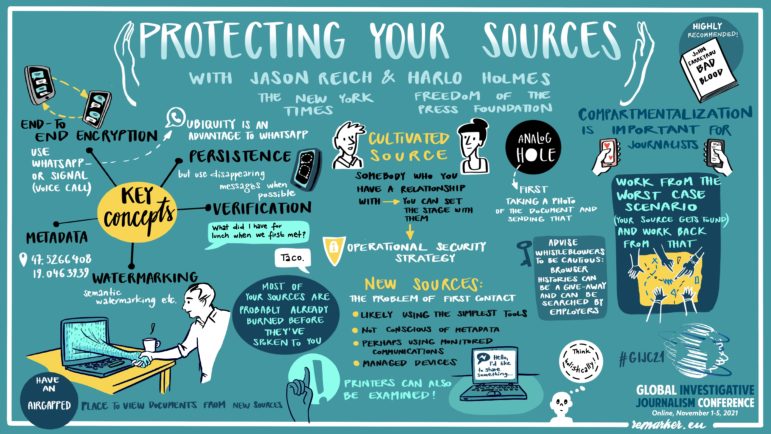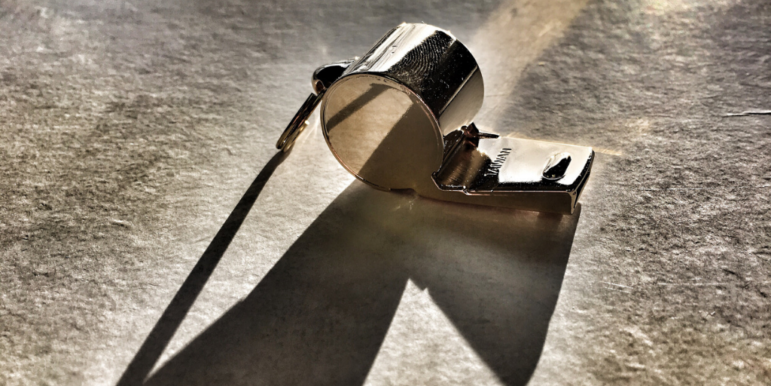
Reporting Tools & Tips
How to Cover Academic Research Fraud and Errors
Tips from three experts who have covered research misconduct or have hands-on experience monitoring or detecting it.

Tips from three experts who have covered research misconduct or have hands-on experience monitoring or detecting it.

German investigative journalist Bastian Obermayer – who was leaked the Panama Papers documents – explains the art of finding, using, and safeguarding sources.

For every human source who assists investigative journalists, there are dozens of officials, victims, and potential whistleblowers with vital information whom reporters never engage.

In a session on high-level corruption at #GIJC21, a panel of reporters from Liberia, Ukraine, Sudan, Russia, and Lebanon suggested a series of strategies that can pry facts from obstinate government agencies, find whistleblowers, and deliver alternate forms of accountability for officials seemingly above the law.

It is vital for journalists to shield their sources, and at a dedicated workshop at GIJC21, two security experts gave practical examples of how reporters can reach out to sources in a way that protects the individuals and wins trust for both journalists and their organization.

In this excerpt from his new book on protecting democracy, Larry Diamond, founding co-editor of the Journal of Democracy, outlines 10 steps to combat kleptocracy around the world. Among them is the need to end the use of anonymous shell companies and “increase international support for investigative journalism.”

For this week’s Friday 5, where GIJN rounds up journalism news in English from around the world, we’re reading about the new Corruption Tracker for the international arms trade, dodgy deals in personal protective equipment procurement, and a recently launched organization to support whistleblowers legally, as well as financially.

As whistleblowers continue to feature in the news, GIJN has expanded our resource guide: Working with Whistleblowers. Updates include 10 tips from presentations made at the GIJC 2019 conference in Hamburg, and includes a round-up of other valuable materials, including the 2019 Perugia Principles developed by international journalists and experts, subtitled “Working with Whistleblowers in the Digital Age.”

A reader asked ProPublica Illinois how the media organization finds new story ideas. Reporter Jodi S. Cohen, who was just as curious as the reader, spoke to her colleagues to find out where they got their inspiration. From fleshing out ideas found in other colleagues’ stories to digging into data anomalies, and even paying extra attention to an idle truck parked at an abandoned gas station, their answers show that there are a myriad of ways in which inspiration for your next big story could strike.

This week, I moderated a discussion that followed the screening of Silenced, a new documentary that tells the stories of three whistleblowers who exposed torture, mass surveillance and government waste. What Silenced brought to the screen was the humanity of the whistleblowers and the patriotic idealism that compelled them to work in government agencies like the NSA and the CIA and then to speak out against the excesses they saw there. If anything, Silenced dramatizes how the landscape of government secrecy has changed dramatically since 9/11 and the war on terror.